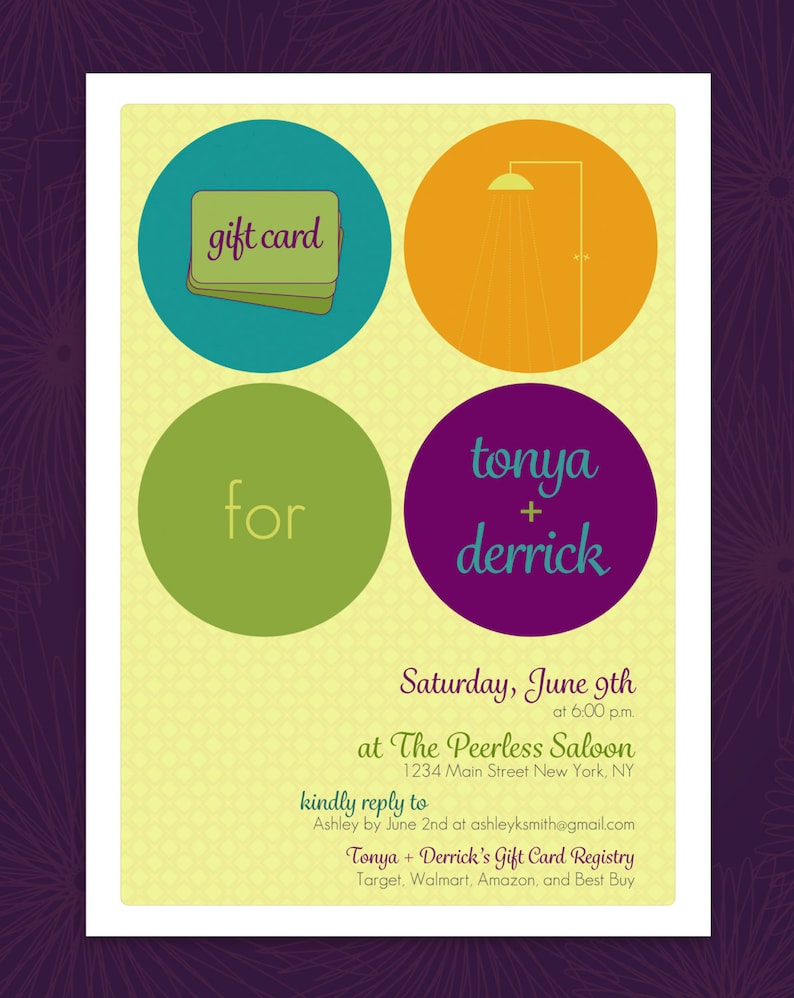Engraving is one of one of the most preferred techniques for decorating glass. It's easy to execute with your Epilog laser, and the outcomes can be spectacular.
This goblet made in between 1750 and 1770 is covered with complex Chinese-style motifs. The appeal of imported Chinese items stimulated English artisans to integrate this decorative strategy.
1. Square
It could appear dull or simple to think about a square as anything besides a flat form, but this geometric device is crucial to engraving straight lines and attaining a selection of layout styles. For instance, a square graver permits an artisan to attain stunning conical lines that are impossible to achieve with rounded gravers used for weapon engraving or knife inscription.
This method is used for ornamental glass, which incorporates a wide range of style fads, including Chinese-style themes as presented on this cup made between 1750 and 1770 in England. This type of decorative glass was very important in the 1700s due to the fact that it conveyed not just fashion however familial and political loyalties, similar to this Jacobite images and words. It also identified the drinker as fashionable and worldly, especially as British social codes of politeness stressed conformity over originality. The engraved scene on this goblet additionally demonstrated the ability of a competent craftsmen making use of wheel engraving.
2. Rectangular shape
Rectangular shapes are a course of quadrilaterals with axes of balance via each pair of opposite sides. They likewise have a vertex-transitive symmetry.
Personalized glass rollercoasters are a prominent sort of ornamental glass wares that features a design or message. They are usually utilized as presents to memorialize events or unique celebrations.
Laser etching and engraving are 2 various processes that enable you to produce detailed designs on glass surface areas. Although they make use of similar equipment, they are based on various concepts. Engraving removes material from the surface area of the glass making use of a physical process, while etching utilizes a chemical process to change the look of the surface area.
It is important to test and fine-tune the laser's speed, power, and focus settings on each piece of glass to guarantee that your job turns out completely. This will certainly help prevent unnecessary damage and reduce the threat of errors throughout manufacturing. It is also a good concept to apply a masking representative such as rub n aficionado to the glass prior to starting a work. This will certainly engraved glass for collectors keep it wet and minimize the amount of warmth that is moved to the glass during the inscribing process.
3. Round
Inscription imbues glass with significance that goes beyond a simple style or name. It can interact domestic and political loyalties, as highlighted by the crest on this goblet from the 1700s. It can also communicate coded messages of politeness and class difference, as exemplified by the personalized Jacobite imagery on this flower holder.
Complex glass engraving and etching styles require cautious adjustment of laser power, scanning speed, and focus setups to achieve the wanted results. Putting in the time to test and improve these settings will lower the danger of mistakes and breakage throughout production and aid produce consistently top notch results.
While it is technically a part of glass art, engraving differs from various other "chilly" glass decorating methods such as etching and cut glass. Engraving leaves a surface that shows up through sight yet not felt on touch, whereas inscription produces tiny fractures that can be pitied the finger. It is most usual to combine etching and inscription in one piece of glass.
4. Oval
Unlike the much more rigid rectangular shape or circle, the oval is prone to shifting up and down during rotation. This can trigger imbalance between the laser and the glass, making it tough to obtain a perfect outcome. It is usually best to prevent etching ovals when possible, and to choose a smaller sized dimension.
The 1700s saw a flowering of ornamental strategies for glassware. Engraving imbued glass with meaning, allowing people to show their social standing and express domestic or political obligations. A Jacobite cup, as an example, was inscribed with the family members crest and knowledgeables from the anthem.
It requires time, perseverance and a little practice to gain proficiency in engraving or engraving glass. Nevertheless, when you've located a procedure that works well for you and your maker, you can create magnificent products that will certainly delight consumers. Using the appropriate settings can aid you accomplish regular results every time. Make sure to test your devices on a variety of various types of glass before trying larger tasks.
